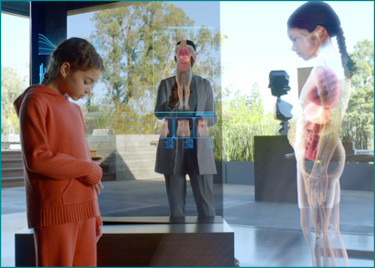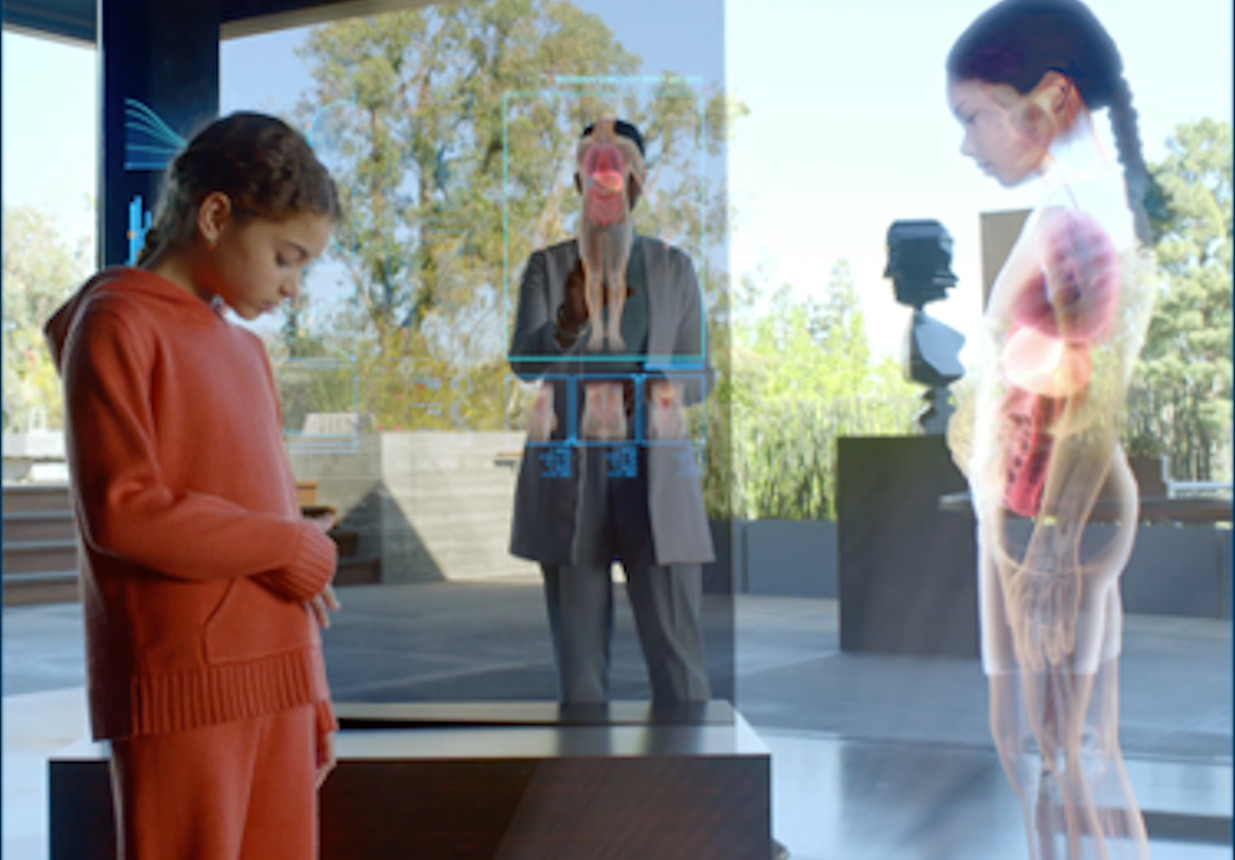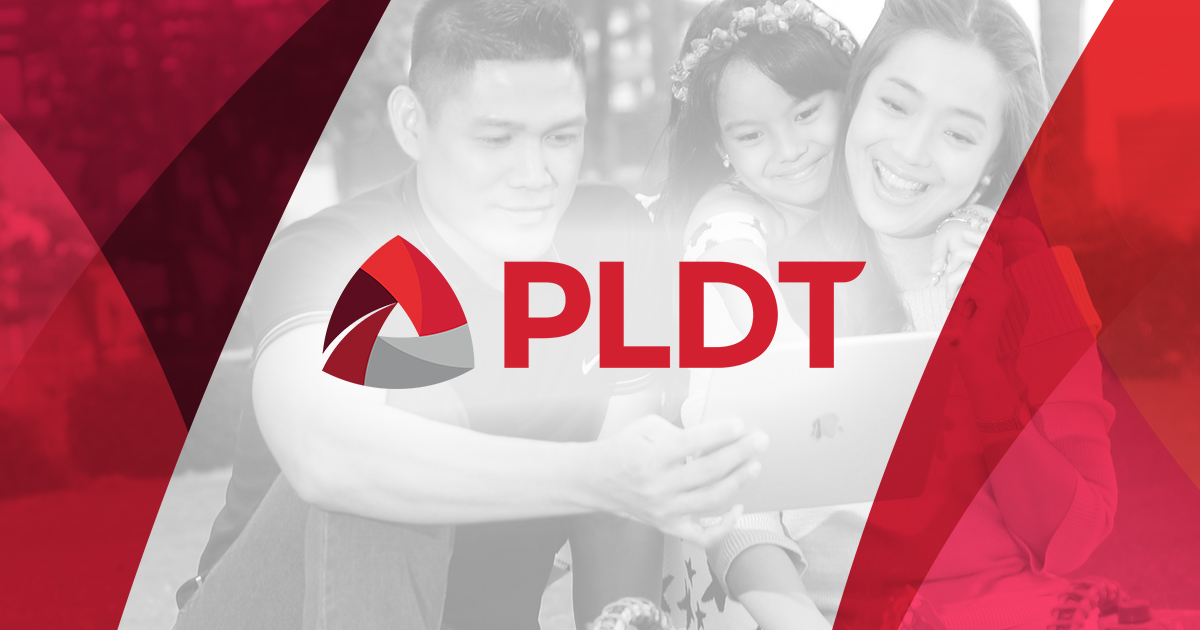
The country's largest and only integrated telecommunications company PLDT did not hold back in serving a digital feast at the latest Philippine Digital Convention (PH Digicon 2020) with NTT Research President and CEO Kazuhiro Gomi, revealing fundamental research milestones coming out of its three labs – the Physics and Informatics (PHI) Lab, the Cryptography and Information Security (CIS) Lab, and the Medical and Health Informatics (MEI) Lab – that will lead to monumental tech innovations.
The 3-day virtual convention drew in more than 3,000 views during the livestream broadcast of the plenary sessions and breakout sessions covering various topics.
Gomi headlined the second day with his topic on Upgrading Reality – a glimpse into breakthrough research that NTT Research is currently working on that could hasten digital transformations.
In a discussion with PLDT FVP and Corporate Communications Head, Cathy Yap-Yang, he elaborated on next generation technologies such as the Bio Digital Twin project that could potentially be game-changing in the medical field, quantum computing, and advanced cryptography.

The Bio Digital Twin initiative where a digital replica of a patient's internal system functions first as a model for possible testing of procedures and chemical reactions, and seeing possible results before actual application to the person.
"We are trying to create an electronic replica of the human body. If we are able to create something like that, the future of clinical and medical activities will be very different. If we have a precise replica of your human body, you can predict what type of disease or what type of problem you might have maybe three years down the road. Or, if your doctor needs to test a new drug for you, he can do so onto the digital twin," he says.
He best explains the concept in his recent article published in Forbes saying "the predecessor of the Bio Digital Twin is simply the digital twin, and its antecedents were early replicas of objects and processes that provided enhanced functionality. Computer-assisted design (CAD) systems from the 1960s, for instance, demonstrated superiority to existing (manual) techniques. Simulators are what enabled NASA to save the crew of Apollo 13 in 1970."
However, to get there and make the Bio Digital Twin possible, we need to overcome hurdles from various disciplines, including the component of computing power.
He says that we think today's computers can do everything we can think of, but it might actually take years to solve complex problems whereas a quantum computer could solve these problems in seconds.
There are different kinds of quantum computers, but all are based upon quantum physics. At NTT Research, Gomi reveals that their group is working on a quantum computer called a coherent Ising machine which could solve combinatorial optimization problems.
"We may be able to bring those superfast machines to market, to reality, much quicker. That is what we are aiming for," he says.
Basically, the machine, using many parameters and complex optimization, finds the best solution in a matter of seconds which may take months or years using conventional computers.
Some examples where quantum computing may be applied include lead optimization problems such as effects on small molecule drugs, peptide drugs, and Biocatalyst, or resource optimization challenges such as logistics, traffic control, or using wireless networks. Gomi also expounded on compressed sensing cases, including use in Astronomical telescopes, Magnetic Resonance Imaging (MRI), and Computed Tomography.
Apart from Quantum computing, Gomi reiterated the issues on Cybersecurity and privacy. Today, encryption is able to address those challenges, but would soon require a more advanced and sophisticated type of technology if we are to Upgrade Reality.
"From the connected world, obviously we want to exchange more data among each other, but we have to make sure that security and privacy are maintained. We have to have those things together to get the best out of a connected world," he says.
Among next generation advance encryptions, Gomi highlighted Attribute-Based Encryption where various decryption keys define access control of the encrypted data. For example, depending on the user (or the type of key he/she has) what they are allowed to view is different or controlled by the key issuers.
He noted that, "in the next couple of years, we should be able to commercialize this type of technology. We can maintain privacy while encouraging sharing of data with this mechanism."
Gomi reiterated that we are at the stage of all kinds of digital transformations.
"Those digital transformations are making our lives so much richer, and business so much more interesting and efficient. I would imagine those digital transformations will continue to advance even more," he says.
However, there are limiting factors that could impede or slow down those digital transformations such as energy consumption, Moore's law of limitation as we cannot expect too much of the capacities of the electronic chips from current computers, and the issues on privacy and security. Hence, we need to address those factors in order to Upgrade Reality.
NTT Research is a fundamental research organization in Silicon Valley that carries out advanced research for some of world’s most important and impactful technologies, including quantum computing, cryptography and information security, and medical and health informatics.
The PH Digicon 2020 is the annual convention organized by PLDT Enterprise which gathered global industry leaders to speak on the latest advancements in the digital landscape. This year's roster of speakers included tech experts and heads from Cisco, Nokia, Salesforce, NTT Research, and goop CEO and multi-awarded Hollywood actress Gwyneth Paltrow bannering its first virtual run.


